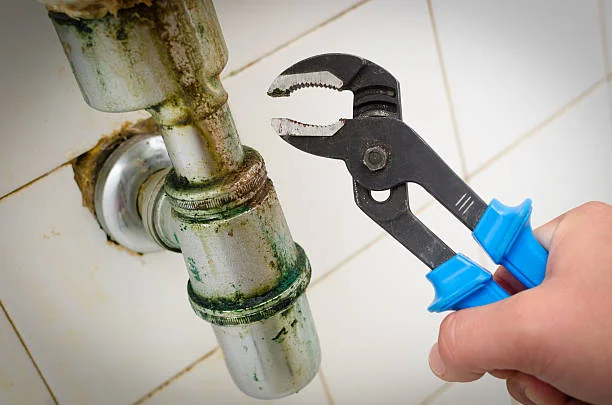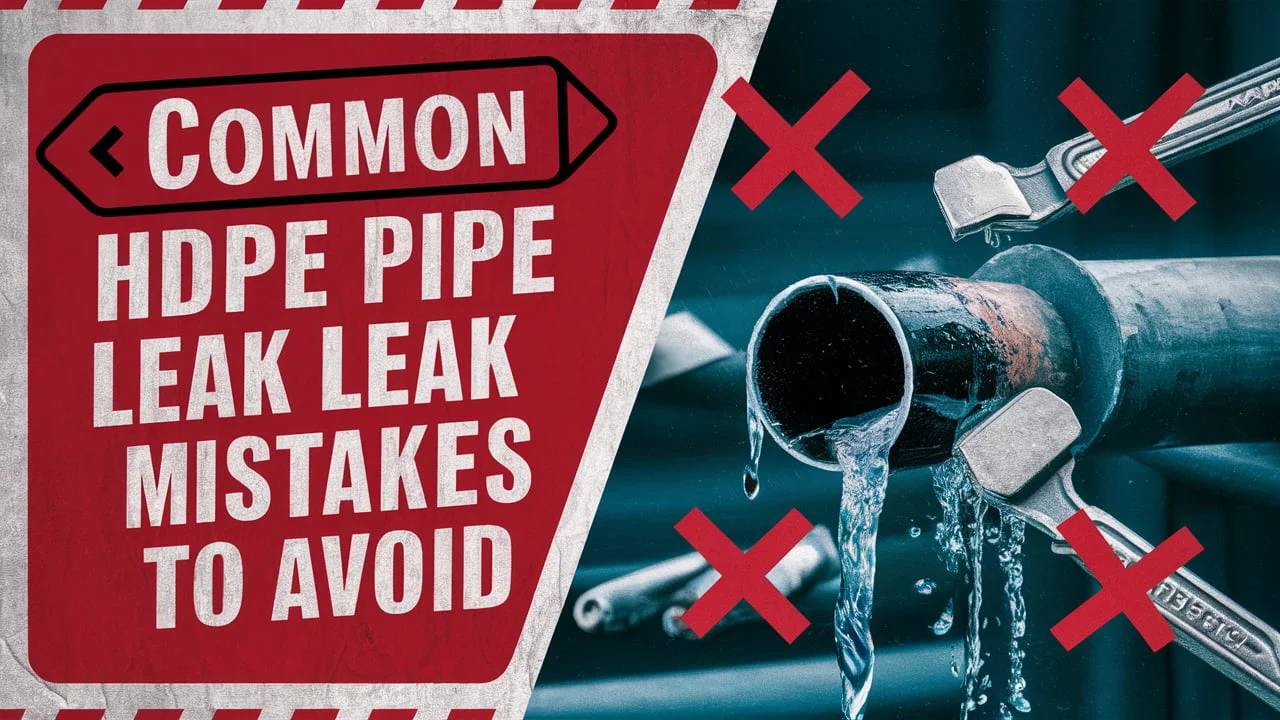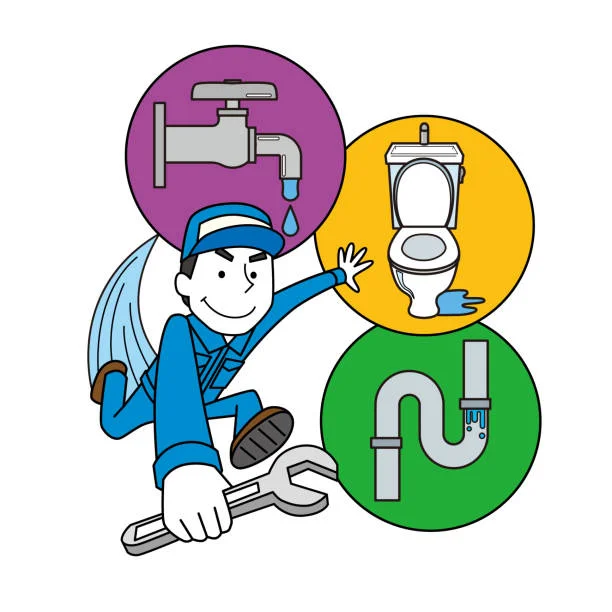When repairing HDPE (High-Density Polyethylene) pipes, common mistakes can compromise the fix. Key errors include inadequate cleaning of the damaged area, improper selection of repair materials, insufficient pipe support, neglecting to follow manufacturer guidelines, and improper fusion techniques. Avoiding these mistakes ensures a durable and effective repair.

Common HDPE Pipe Leak Repair Mistakes to Avoid
Introduction HDPE Pipe Leak Repair Mistakes
Proper HDPE pipe leak repairs are crucial to maintaining the efficiency and longevity of your piping systems. Mistakes in the repair process can lead to costly errors and recurring issues. This guide explores common pitfalls in HDPE pipe leak repairs and provides insights on how to avoid them, ensuring flawless repairs every time.
Understanding HDPE Pipes
What is HDPE?
High-Density Polyethylene (HDPE) is a versatile plastic known for its strength and durability. Made from petroleum, HDPE pipes are widely used in various applications due to their resistance to corrosion, chemicals, and physical impacts. Their high tensile strength makes them suitable for high-pressure applications and extensive pipeline systems.
Benefits of HDPE Pipes
HDPE pipes offer numerous advantages, including resistance to rust and corrosion, flexibility, and a long service life. They are also lightweight, which simplifies handling and installation. HDPE’s smooth interior surface reduces friction, enhancing flow rates and reducing energy consumption. Additionally, their resistance to environmental factors ensures reliability in diverse conditions.
Common Issues Faced with HDPE Pipes
Despite their benefits, HDPE pipes can encounter issues such as leaks, joint failures, and damage from external impacts. Understanding these problems helps in diagnosing and addressing them effectively. Common issues include improper installation, chemical exposure, and mechanical stress, all of which can compromise the integrity of the pipes.
Mistake #1: Using Incompatible Repair Materials
Choosing the Wrong Sealants
One of the most frequent mistakes in HDPE pipe repairs is using sealants or repair materials that are not compatible with HDPE. Incompatible materials can lead to poor adhesion, which results in ineffective repairs and potential leaks. It’s essential to select sealants specifically designed for use with HDPE pipes.
Impact of Incompatible Patches
Using the wrong patches or sealants can cause failures in the repaired sections. These materials might not bond properly with HDPE, leading to weakened joints and leaks. This mistake not only results in immediate issues but can also lead to long-term damage and costly repairs.
How to Select the Right Materials
To ensure successful repairs, choose materials that are explicitly recommended for HDPE pipes. Verify compatibility with manufacturers or industry guidelines. High-quality repair kits and sealants designed for HDPE will ensure a strong, lasting bond and effective leak prevention.
Mistake #2: Incorrect Surface Preparation
Importance of Proper Cleaning
Effective repair starts with proper surface preparation. Any debris, dirt, or grease on the pipe surface can hinder the repair materials from adhering correctly. Thorough cleaning is essential to ensure a solid bond and a successful repair.
Techniques for Effective Surface Preparation
Use appropriate cleaning methods such as sanding or abrasive cleaning to remove contaminants. After cleaning, ensure the surface is dry before applying any repair materials. This preparation step is critical for achieving a durable and reliable repair.
Tools Needed for Preparation
Tools like wire brushes, sandpaper, and solvents are crucial for preparing HDPE pipe surfaces. Invest in high-quality cleaning tools and ensure they are suitable for HDPE. Proper tools enhance the effectiveness of the cleaning process, leading to better repair outcomes.
Mistake #3: Ignoring Pipe Pressure Ratings
Understanding Pressure Ratings
HDPE pipes are designed to operate within specific pressure limits. Ignoring these ratings can lead to pipe failure and leaks. Understanding the pressure rating of your HDPE pipes is essential for selecting appropriate repair methods and materials.
Consequences of Overlooking Pressure Limits
Exceeding the pressure limits can cause the pipe to burst or leak, leading to significant damage and operational issues. Ensuring that repairs are compatible with the pressure rating of the pipe prevents these potentially costly and dangerous problems.
How to Check Pressure Ratings
Consult the manufacturer’s specifications or industry standards to determine the pressure rating of your HDPE pipes. Regularly check pressure ratings to ensure repairs and replacements meet the required specifications for safe operation.
Mistake #4: Improper Alignment During Repairs
The Importance of Correct Alignment
Proper alignment of HDPE pipes during repairs is crucial for ensuring a secure and leak-free connection. Misalignment can cause stress on the joints and lead to leaks or joint failures.
Techniques for Aligning Pipes Accurately
Use alignment tools and jigs to ensure precise alignment of pipes during repairs. Techniques such as using pipe clamps or alignment guides can help maintain correct positioning, ensuring a successful repair.
Common Misalignments and Their Effects
Misalignments can lead to uneven pressure distribution, increased stress on joints, and potential leaks. Address alignment issues promptly to prevent these problems and ensure the integrity of the repair.

Mistake #5: Skipping the Drying Time
Why Drying Time Matters
Drying time is crucial for ensuring that repair materials set properly and form a strong bond. Skipping this step can lead to weak repairs that may fail under pressure or environmental conditions.
How to Ensure Proper Drying
Follow the manufacturer’s recommendations for drying time. Ensure that repaired sections are kept free from moisture and disturbances until the drying process is complete. This practice guarantees that the repair material has fully cured and provides a reliable seal.
Consequences of Rushing Repairs
Rushing repairs can lead to incomplete curing of repair materials, resulting in weak bonds and leaks. Allowing adequate drying time is essential for achieving a durable and effective repair that stands the test of time.
Mistake #6: Failing to Conduct a Leak Test
The Necessity of Post-Repair Testing
Conducting a leak test after repairs is essential to confirm the effectiveness of the repair. This test helps identify any residual leaks or issues that need to be addressed before the system is put back into operation.
Methods for Effective Leak Testing
Use methods such as pressure testing or visual inspection to check for leaks. Ensure that tests are conducted under conditions that closely match the system’s operating environment to obtain accurate results.
What to Do if a Leak is Detected
If a leak is detected during testing, promptly address the issue by re-evaluating the repair and making necessary adjustments. Repeat the test after corrections to ensure that the leak has been effectively resolved.
Mistake #7: Neglecting to Address Root Causes
Identifying the Source of Leaks
Addressing only the symptoms of leaks without identifying the underlying cause can lead to recurring issues. Thoroughly investigate the root cause of the leak to ensure a comprehensive solution.
Addressing Underlying Issues
Once the root cause is identified, implement corrective measures to address the problem. This may involve repairing or replacing damaged sections or modifying system components to prevent future leaks.
Preventive Measures to Avoid Recurrence
Implement preventive measures such as regular inspections and maintenance to avoid recurrence of leaks. Address potential issues proactively to ensure long-term reliability of the piping system.
Mistake #8: Using Inadequate Repair Techniques
Overview of Common Repair Techniques
Various repair techniques are available for HDPE pipes, including fusion welding, clamp repairs, and epoxy patches. Understanding these techniques helps in selecting the most appropriate method for your repair needs.
When to Use Each Technique
Choose the repair technique based on the nature and severity of the leak. For example, fusion welding is ideal for permanent repairs, while clamps and epoxy patches may be suitable for temporary solutions.
Avoiding Techniques That Don’t Work
Some repair techniques may be ineffective for certain types of leaks or pipe conditions. Avoid methods that do not address the specific issue or that are not recommended for HDPE pipes.
Mistake #9: Overlooking Environmental Factors
How Temperature Affects Repairs
Temperature fluctuations can impact the effectiveness of repair materials and methods. High or low temperatures may affect curing times, material performance, and overall repair quality.
Impact of Weather Conditions on Repairs
Weather conditions such as humidity, rain, or extreme temperatures can influence the repair process. Consider these factors when planning and executing repairs to ensure optimal results.
Adjusting Repair Methods Based on Environment
Adapt repair methods and materials based on environmental conditions. Use weather-resistant materials and adjust repair techniques to account for temperature and humidity variations.
Mistake #10: Lack of Proper Training
Importance of Skilled Technicians
Skilled technicians are essential for performing accurate and reliable HDPE pipe repairs. Proper training ensures that technicians are knowledgeable about repair techniques, materials, and safety procedures.
Training and Certification Requirements
Ensure that technicians receive adequate training and certification to handle HDPE pipe repairs. Regularly update their skills and knowledge to stay current with industry standards and practices.
How to Ensure Technicians Are Well-Trained
Verify the qualifications and training of technicians before assigning repair tasks. Invest in ongoing education and certification programs to maintain high standards of repair workmanship.

Best Practices for HDPE Pipe Leak Repairs
Step-by-Step Repair Guide
Follow a systematic approach to HDPE pipe leak repairs, including surface preparation, material selection, alignment, and testing. Adhere to best practices to achieve effective and lasting repairs.
Tips for Ensuring a Flawless Repair
Pay attention to details such as surface preparation, material compatibility, and curing times. Implement quality control measures to ensure that each repair meets high standards.
Tools and Equipment Recommendations
Use specialized tools and equipment designed for HDPE pipe repairs. Invest in high-quality tools to enhance the accuracy and efficiency of repairs, ensuring reliable outcomes.
Case Studies of Common Mistakes
Real-Life Examples of Repair Mistakes
Examine case studies of common HDPE pipe repair mistakes to understand their causes and consequences. Real-life examples provide valuable insights into avoiding similar errors.
Lessons Learned from Each Case
Analyze the lessons learned from repair mistakes to improve future repair practices. Apply these lessons to enhance repair techniques and prevent recurring issues.
How to Avoid Similar Mistakes
Implement best practices and preventive measures to avoid mistakes highlighted in case studies. Use insights from past experiences to refine repair processes and achieve better results.
Preventive Measures and Maintenance Tips
Regular Inspection Routines
Establish regular inspection routines to identify and address potential issues before they lead to leaks. Routine checks help maintain the integrity of HDPE pipes and prevent unexpected failures.
Maintaining HDPE Pipes to Avoid Leaks
Implement maintenance practices such as cleaning, monitoring for signs of wear, and addressing minor issues promptly. Proper maintenance extends the lifespan of HDPE pipes and reduces the likelihood of leaks.
Upkeep Tips for Long-Term Success
Adopt best practices for long-term upkeep, including periodic reviews of pipe conditions, proactive repairs, and adherence to industry standards. Consistent maintenance ensures reliable performance and reduces repair costs over time.
Conclusion
Summary of Common HDPE Pipe Repair Mistakes
In summary, avoiding common HDPE pipe repair mistakes requires careful attention to detail, proper material selection, and adherence to best practices. Addressing issues such as incompatible materials, improper preparation, and environmental factors ensures successful repairs.
Final Thoughts on Preventing Costly Errors
Preventing costly errors in HDPE pipe repairs involves understanding common pitfalls and implementing effective strategies to avoid them. By following best practices and maintaining a proactive approach, you can achieve flawless repairs and ensure the longevity of your piping systems.
FAQs
1. What is a common mistake when repairing HDPE pipes?
Failing to adequately clean the damaged area before repair can lead to ineffective bonding and leaks.
2. Why is proper material selection important for HDPE pipe repair?
Using incorrect or incompatible repair materials can compromise the integrity and longevity of the repair.
3. How does insufficient pipe support affect HDPE repairs?
Lack of proper support can lead to stress and movement in the pipe, causing the repair to fail.
4. What guidelines should be followed during HDPE pipe repair?
Always follow the manufacturer’s instructions for cleaning, material selection, and repair techniques to ensure a reliable fix.
5. Why is the correct fusion technique crucial for HDPE pipe repair?
Improper fusion techniques can result in weak joints, leading to leaks and potential pipe failure.

